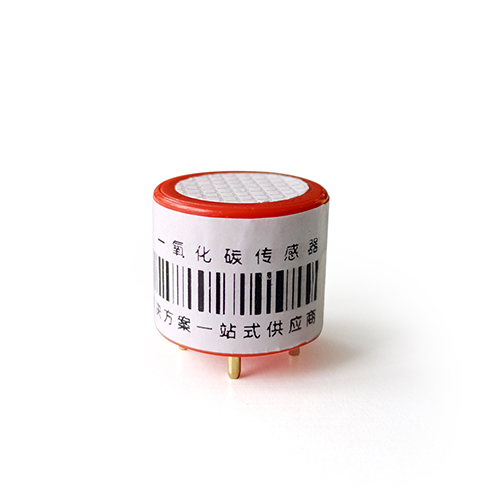CO sensor working principle
Carbon monoxide will endanger our health. If carbon monoxide poisoning will lead to death, we use a carbon monoxide detector to detect changes in carbon monoxide concentration, mainly through the CO sensor to convert the carbon monoxide gas in the air into an electrical signal. After the circuit conversion process, the carbon monoxide gas is displayed by the LED Concentration, the signal is converted into a current or frequency signal, and sent to the secondary instrument to realize remote monitoring. Therefore, in this process, it involves CO sensor working principle. Well, you know what?
Electrochemical co sensor working principle
When carbon monoxide diffuses to the gas sensor, its output terminal generates a current output, and the sampling circuit provided to the alarm converts chemical energy into electrical energy. When the gas concentration changes, the output current of the gas sensor of the carbon monoxide detector will also be proportional. The principle of the electrochemical sensor is that two electrodes are soaked in a conductive solution (electrolyte), and carbon monoxide molecules and water molecules react on one of the electrodes and are converted into carbon dioxide to produce hydrogen ions and electrons, namely the working electrode (W); the product of the change Transferred to another electrode, it reacts with the oxygen on the electrode to regenerate water molecules. This electrode is the electrode (C); these two electrodes can be passed through an external circuit containing a resistance and the change in voltage across its resistance can be measured; thus, the reaction is the conversion of carbon monoxide to carbon dioxide in the presence of oxygen. The electrochemical principle carbon monoxide detector is mainly used in industries or places with high precision requirements, and the detection accuracy is high.
Semiconductor co sensor working principle
It uses a process called “adsorption effect” to detect toxic and harmful gases and volatile organic compounds in the air. This process means that when toxic gases and volatile organic compounds in the air pass through the sensor, they form a thin film on the surface of the sensor. The thickness of this film can be used to measure the concentration of pollutants in the air and thus determine the quality of the air.
Infrared co sensor working principle
The infrared principle is designed according to the principle that different gases selectively absorb infrared rays. Adopt foreign advanced correlation filter technology (GFC). The carbon monoxide detector has two built-in analysis sides, sharing a gas chamber, cross-analyzing the signal spectrum, as a reference signal, and needs to measure the gas signal at the same time, reduce it through a digital logic circuit, measure the change of the gas signal, change the signal concentration into a gas concentration value, and convert the signal For the voltage signal, the gain is amplified, and the data is linearized through 20 segments of the microcomputer, and finally the accurate concentration of the gas is displayed on the display screen. Infrared principle carbon monoxide detectors are generally suitable for large areas, with high detection accuracy and a service life of up to 10 years.








